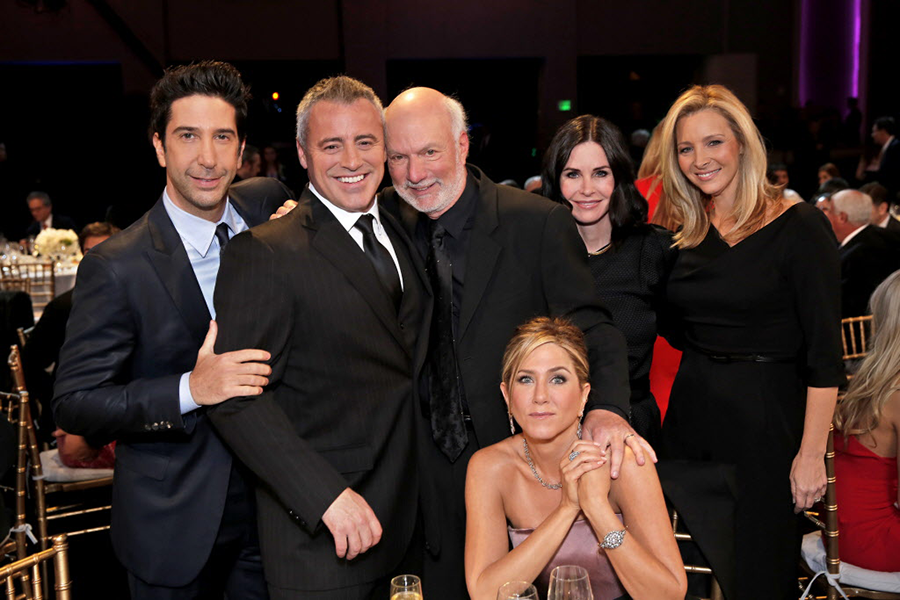'Friends' cast reunites: How has show continued to influence TV?
Loading...
The casts of the TV shows “Friends” and others appeared on a recent NBC special to honor TV director James Burrows, who has directed episodes of TV programs from “The Mary Tyler Moore Show” to “Mike & Molly.”
Other ensembles that appeared on the program included cast members from the shows “Cheers,” “Will and Grace,” and “Frasier.”
The special was in celebration of Burrows directing his thousandth TV episode, which he did for the NBC show “Crowded,” a program that’s set to debut March 20.
All the members of the “Friends” cast except for Matthew Perry, who is working on a stage production in England, were on the special. Perry weighed in via a taped segment.
“We would do anything for Jim Burrows,” “Friends” actress Jennifer Aniston said during the show. “He gave us the opportunity of a lifetime, and probably the best 10 years of our acting careers that we will forever remember. We experienced friendship, heartbreaks, babies, everything together. And we had a wonderful experience with the world loving us, as well. They really connected with us.”
“Friends” became one of the most successful TV programs ever, with its 2004 finale still ranking as one of the most-watched TV events of all time.
“Friends” was part of the Must-See TV NBC comedy block, airing alongside such programs as “Seinfeld,” “ER,” and “Will & Grace.”
Every TV network, of course, wants to be the one with the next big success, and “Friends” was one of the biggest successes of all time in the TV industry. How is the success of the show still influencing TV today?
Telegraph writer Jonathan Bernstein notes that “Friends” was a show without a star and seemingly without a hook for viewers.
“Unlike previous sitcom hits, ‘The Cosby Show’ and ‘Seinfeld,’ ‘Friends’ didn’t revolve around a well-known comedian,” Bernstein wrote. “Unlike Michael J Fox’s ‘Family Ties,’ it wasn’t attempting to unite the generations. Unlike ‘Cheers,’ it wasn’t a workplace comedy … The lack of a leading man or woman didn’t hurt ‘Friends.’ Rather, it made the show unique. All six actors were of equal importance. More to the point, all six actors had equal chemistry.”
Bernstein points to programs like “Modern Family,” “New Girl,” and “The Big Bang Theory” as current programs that emphasize the group over the single star.
“Friends” also pioneered a more relaxed template for a show, writes Gwen Ihnat of the A.V. Club.
“’Friends’ essentially created what is now known as the ‘hangout comedy,’” Ihnat writes. “The more madcap ‘Happy Endings’ also featured six leads of equal status who did little more than hang out all the time, while ‘My Boys’’ best moments were when the entire cast was playing poker ... ‘New Girl’ only hit its stride when its focus shifted from star Zooey Deschanel to more of an ensemble approach with her roommates.”






